There are dozens of spacecraft orbiting our solar system. NASA and ESA take many photographs of Earth, Mercury, the Moon, Mars, Saturn and other planets. Inside this post you can see the most recent pictures from around our solar system. Some of them are closely scaled, others are millions of kilometers afar which makes them ever more fantastic and amazing.
On Sept. 8, 2010, a C3-class solar flare erupts from the Sun. Just as a sunspot was turning away from Earth on Sept. 8, the active region erupted, producing a solar flare and a fantastic prominence. The eruption also hurled a bright coronal mass ejection into space.
Features on the surface of Mercury, including craters Kipling (lower left) and Steichen (upper right). Image taken on September 29, 2009 by NASA's MESSENGER spacecraft.
Earth and the Moon from afar - when NASA's MESSENGER spacecraft took this image on May6, 2010, it was 183 million kilometers (114 million miles) away. North is toward the bottom of the image.
A setting last quarter crescent moon and the thin line of Earth's atmosphere are photographed by an Expedition 24 crew member as the International Space Station passes over central Asia on Sept. 4th, 2010.
The Earth as seen from the Moon on June 12, 2010. NASA's Lunar Reconnaissance Orbiter (LROC) team created this mosaic of images snapped on 12 June 2010 during a calibration sequence.
Brightly lit metropolitan areas of Torino (Italy), Lyon, and Marseille (both in France) stand out amidst numerous smaller urban areas in this dramatic photograph taken by a member of the ISS Expedition 23 crew on April 28, 2010.
Aurora Australis seen above the Earth in this image taken by a member of the ISS Expedition 23 crew on May 29, 2010.
A meteor streaks past stars in the night sky over Stonehenge in Salisbury Plain, southern England on August 12, 2010. The Perseid meteor shower is sparked every August when the Earth passes through a stream of space debris left by comet Swift-Tuttle. Picture taken using a long exposure.
The Mertz Glacier flows off East Antarctica along the George V Coast, and on January 10, 2010, the Advanced Land Imager (ALI) on NASA's Earth Observing-1 (EO-1) satellite captured this true-color image of an iceberg that had broken off the glacier tongue.
Photo taken by astronaut Douglas H. Wheelock aboard the International Space Station on August 22nd, 2010. "The beauty of Italy, on a clear summer night, stretching out into the Mediterranean Sea. You can see many of the beautiful islands lit up and adorning the coastline including Capri, Sicily, and Malta. The city of Naples and Mt. Vesuvius stand out along the coast."
Hurricane Danielle seen from low Earth orbit on on August 28th, 2010. Photo taken by astronaut Douglas H. Wheelock aboard the International Space Station.
A pit in the Moon - this high Sun view of the Mare Tranquillitatis pit crater on Earth's Moon reveals boulders on an otherwise smooth floor. Image is approximately 400 meters wide, taken on April 24th, 2010.
The Sun's Last rays strike the central peak of Bhabha crater on Earth's Moon just before sunset. Image taken on July 17th, 2010.
NASA's LROC spacecraft reveals a natural bridge on the Moon. From the LROC website: "How did this natural bridge form? The most likely answer is dual collapse into a lava tube." Image taken in November of 2009.
The High Resolution Stereo Camera (HRSC) onboard the ESA spacecraft Mars Express took this image of Mars' moon Phobos on 7 March 2010.
A single dune on the surface of Mars, seen by the High Resolution Imaging Science Experiment camera (HiRISE) on board the Mars Reconnaissance Orbiter (MRO) at 2:11pm local Mars time on July 9th, 2010.
Windblown features are visible on this shield volcano structure in Mars' Tharsis Region seen by NASA's HiRISE camera on July 31st, 2010.
Dune gullies in Mars' Matara Crater, seen by NASA's HiRISE camera orbiting Mars on July 24th, 2010.
NASA's Mars rover Opportunity looks back at its tracks in the Martian soil on Sol 2321 (August 4th, 2010).
NASA's Mars rover Opportunity points its Panoramic Camera at the soil, seeing a bit of itself and a closer view of its tracks on June 23rd, 2010.
NASA's Mars rover Opportunity looks at a section of a rock where it ground away the outer layer to examine the material closer on January 7th, 2010.
NASA's Mars rover Opportunity uses its microscopic camera to get a closer view of a rock on the surface of Mars on February 17th, 2010.
This photo provided by the European Space Agency (ESA) on July 10, 2010 shows the asteroid "Lutetia" shot by the comet chaser "Rosetta". The European Space Agency has taken the closest look yet at asteroid Lutetia in an extraordinary quest some 280 million miles in outer space between Mars and Jupiter. The comet-chaser Rosetta transmitted its first pictures from the largest asteroid ever visited by a satellite Saturday night July 10, 2010 after it flew by Lutetia as close as 1,900 miles (3,200 kilometers), ESA said in Darmstadt, Germany.
This photo provided by the European Space Agency (ESA) on July 10, 2010 shows the asteroid "Lutetia" shot by the comet chaser "Rosetta". The European Space Agency has taken the closest look yet at asteroid Lutetia in an extraordinary quest some 280 million miles in outer space between Mars and Jupiter. The comet-chaser Rosetta transmitted its first pictures from the largest asteroid ever visited by a satellite Saturday night July 10, 2010 after it flew by Lutetia as close as 1,900 miles (3,200 kilometers), ESA said in Darmstadt, Germany.
A view of Saturn and its moon Enceladus, taken by NASA's Cassini spacecraft on August 13, 2010.
Sunlight illuminates the deep cut of 1,000-km-long Ithaca Chasma on Saturn's moon Tethys. Seen by by NASA's Cassini spacecraft on June 2, 2010.
Cassini sees one of its closest views of Saturn's ring-embedded moon Daphnis yet, only about 75,000 kilometers (47,000 miles) away on July 5th, 2010.
Saturn's moon Rhea (1528 km or 949 mi across) is gently lit in front of a background of the planet with a wide shadow cast by the rings which are seen nearly edge-on, seen by Cassini on may 8th, 2010.
The surface of Saturn's moon Dione is rendered in crisp detail against a hazy, ghostly Titan on April 10, 2010. The view was acquired by Cassini at a distance of approximately 1.8 million km (1.1 million mi) from Dione and 2.7 million km (1.7 million mi) from Titan.
As Enceladus spews water ice from its south polar region, Cassini also shows Saturn's faint G ring before the moon, April 26th, 2010.
Cassini gets a close-up view of the surface of Saturn's moon Enceladus on August 13, 2010.
A 30-frame sequence showing Cassini's approach to the icy plumes of Enceladus on August 13th, 2010.



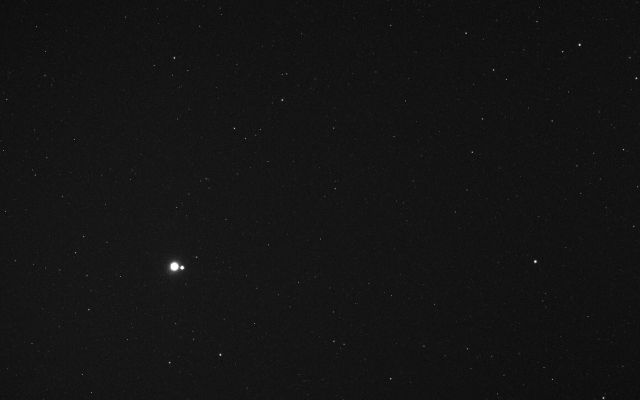
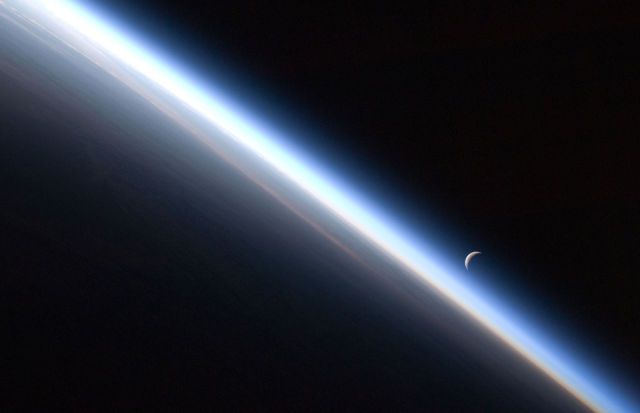
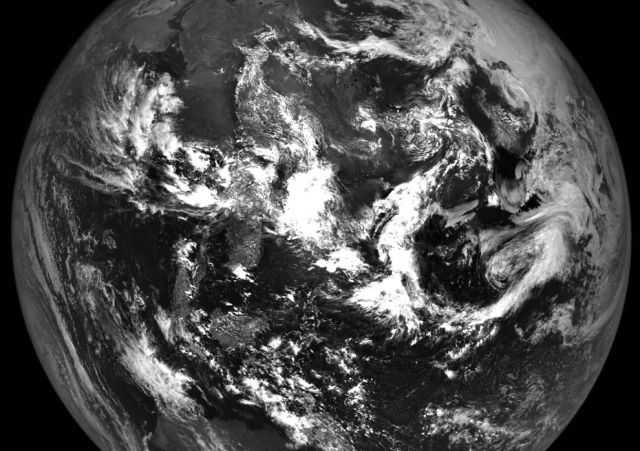
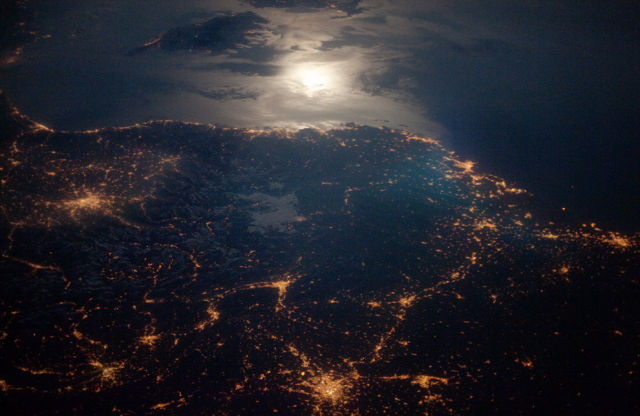
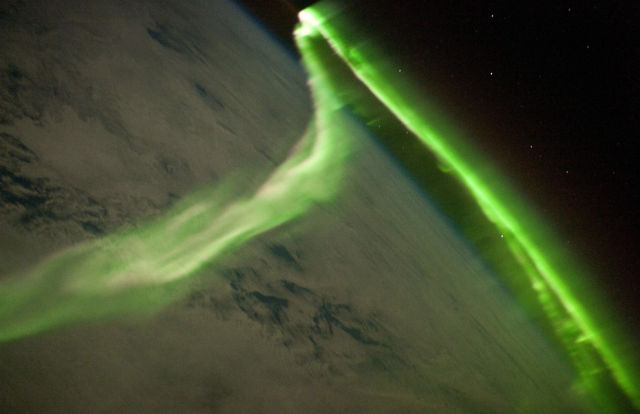
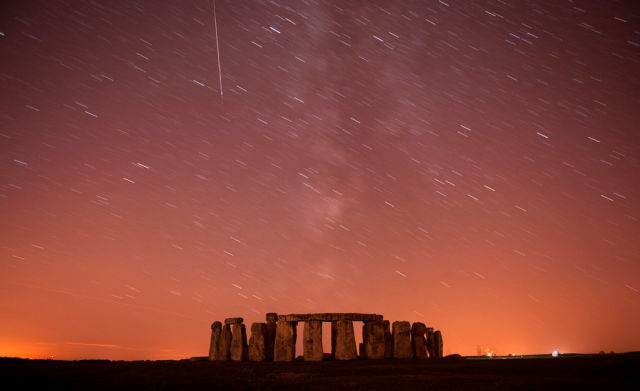

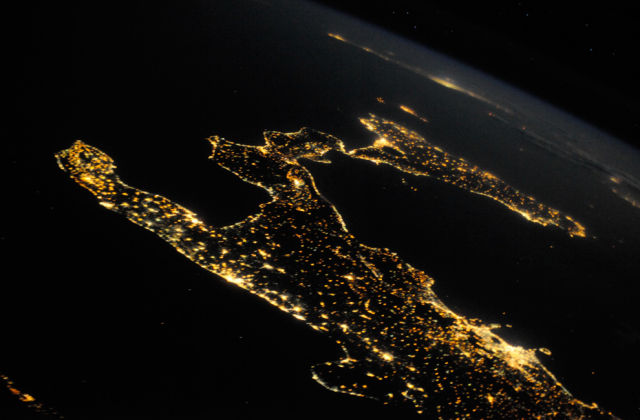
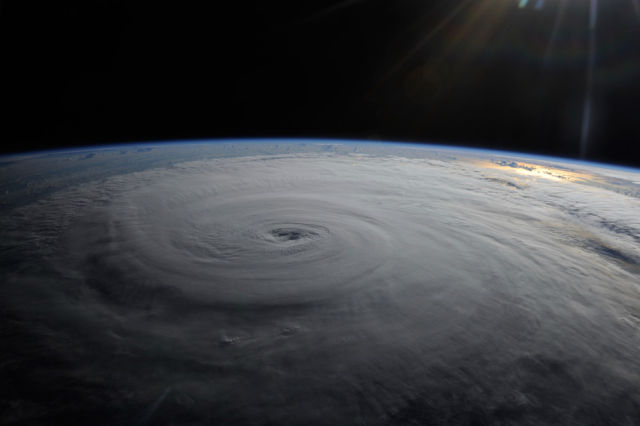
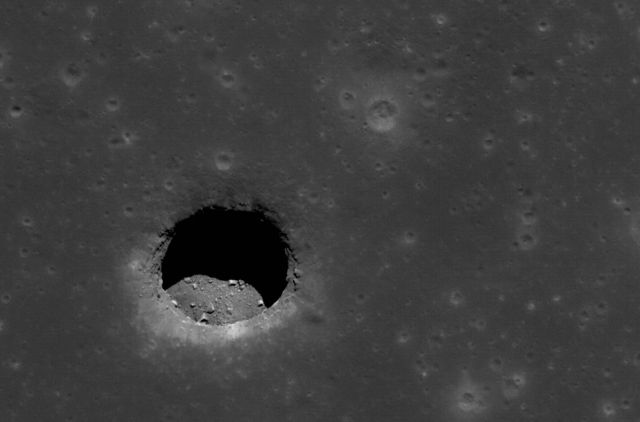
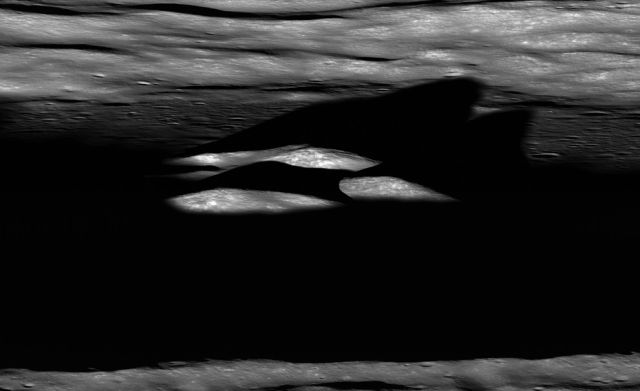
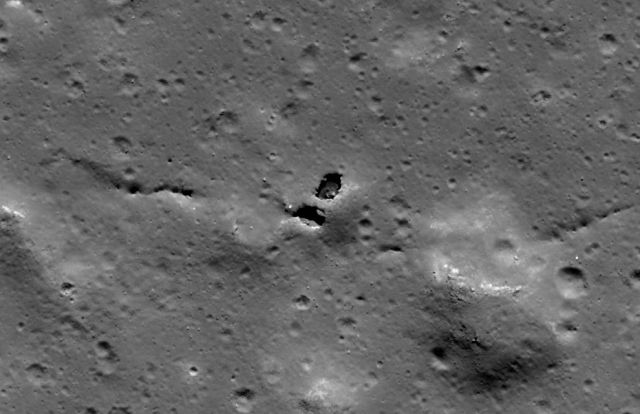
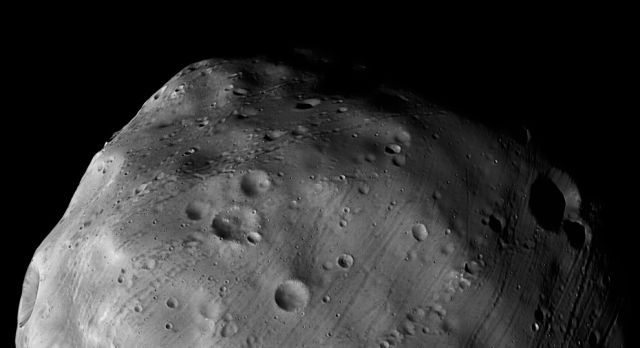
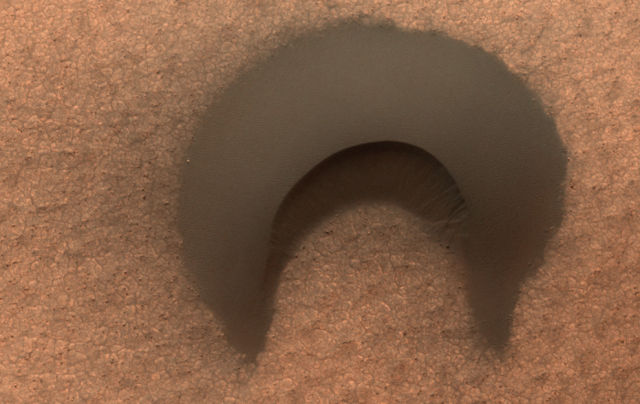


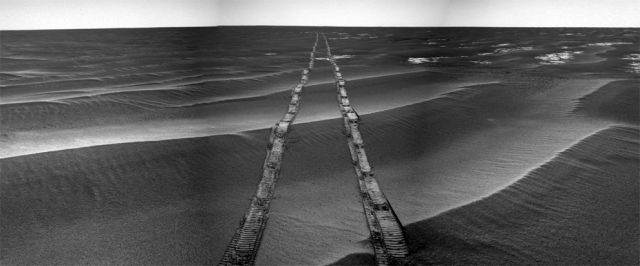
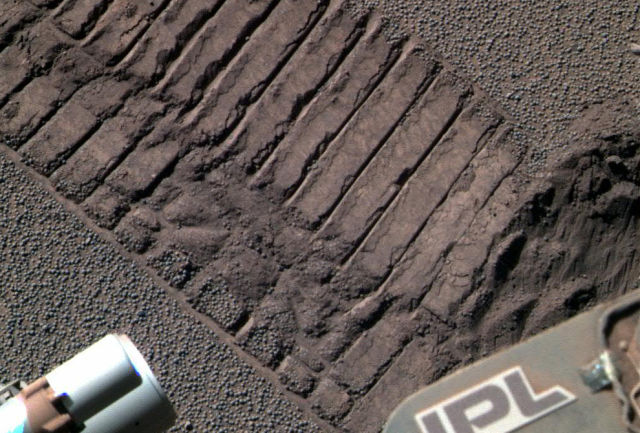
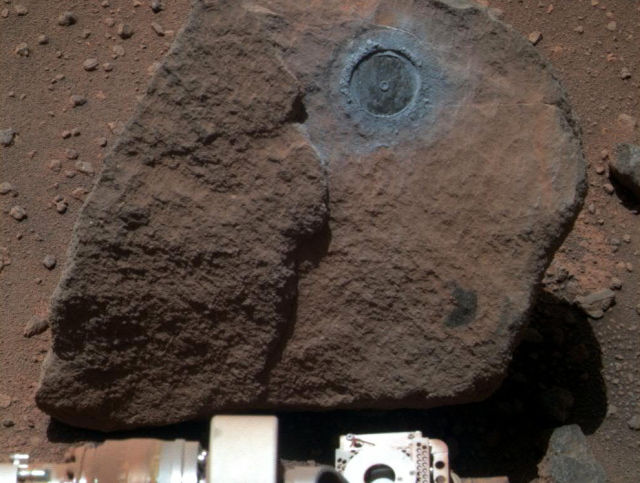
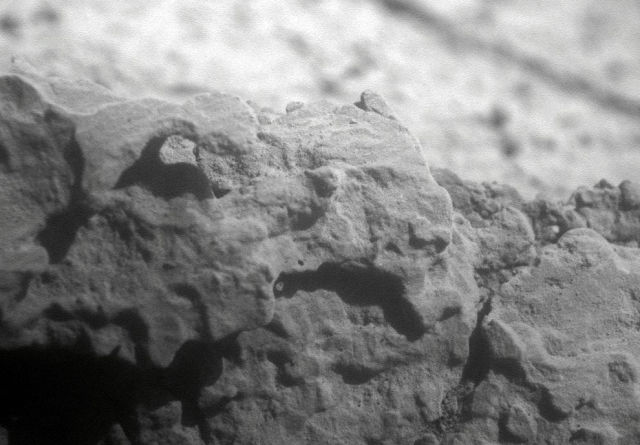
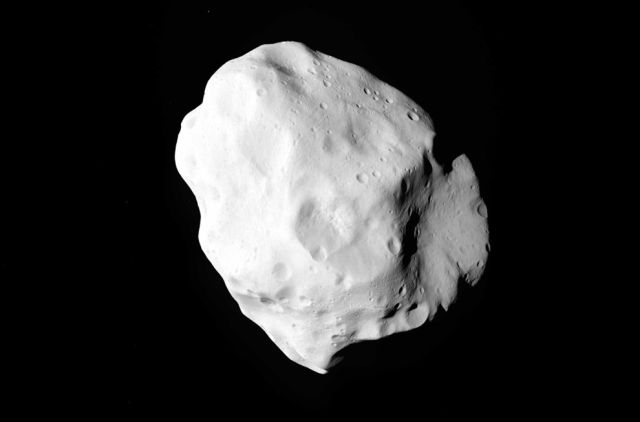

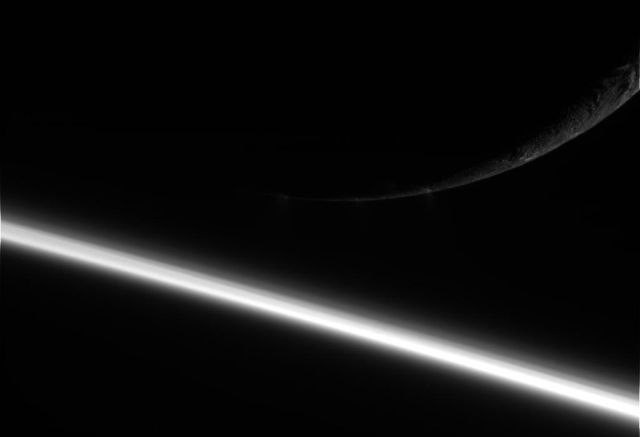
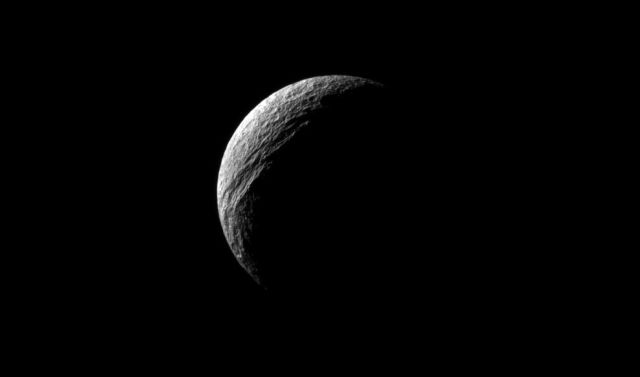
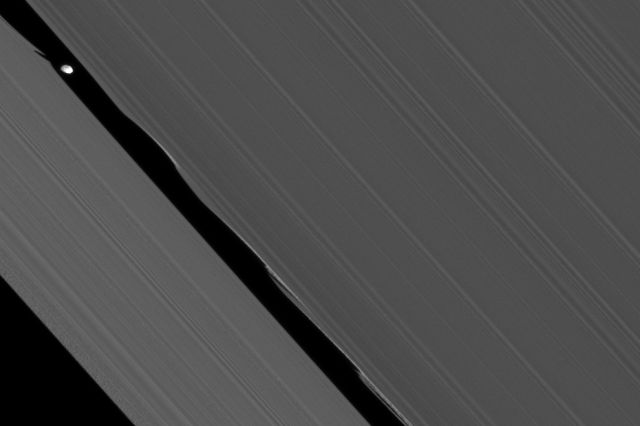
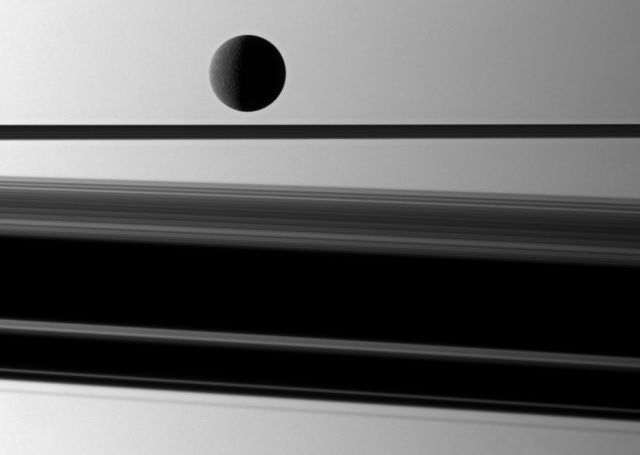
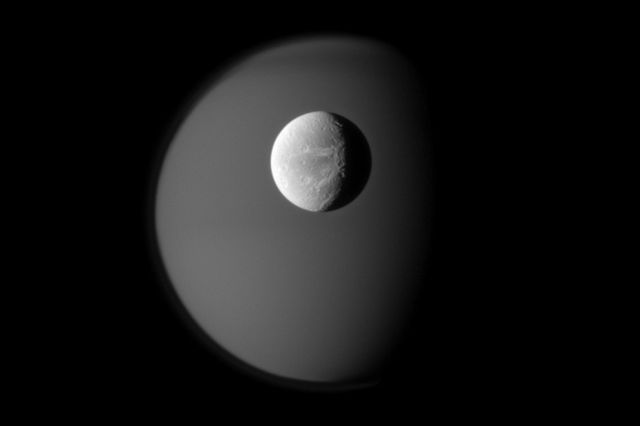
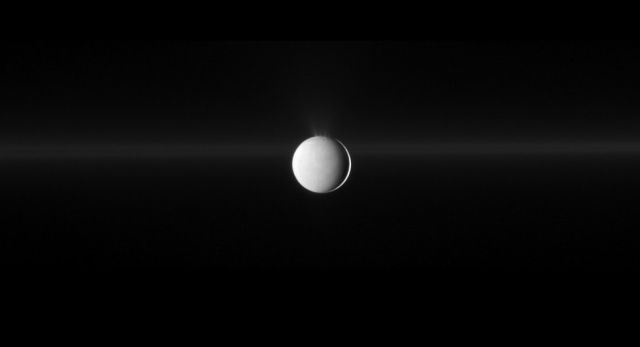
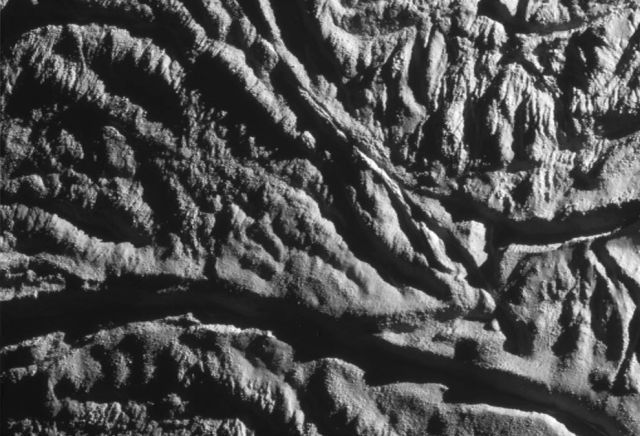
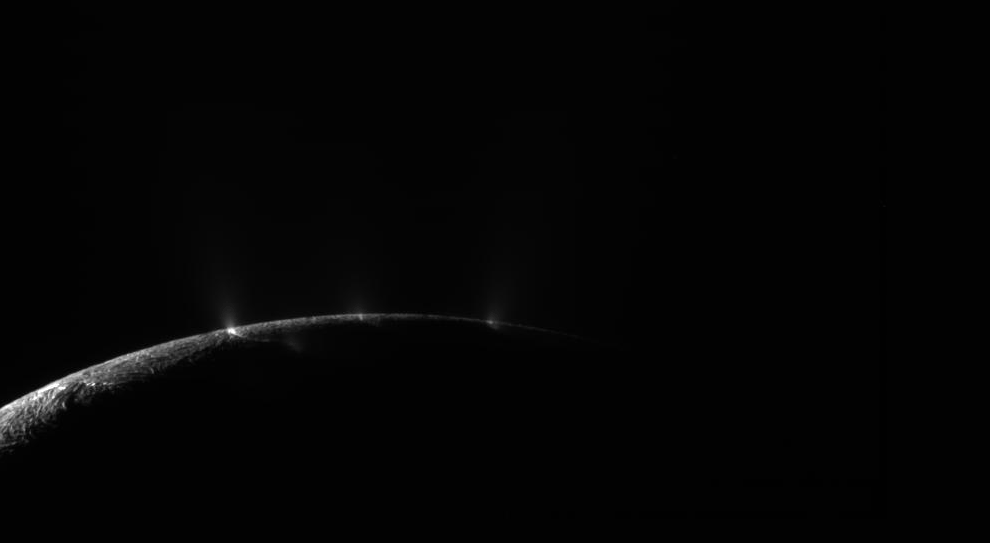



we are part of the stars too
bookmarking